Roar of the Wild: Unforgettable Wildlife Adventures in Magical Kenya
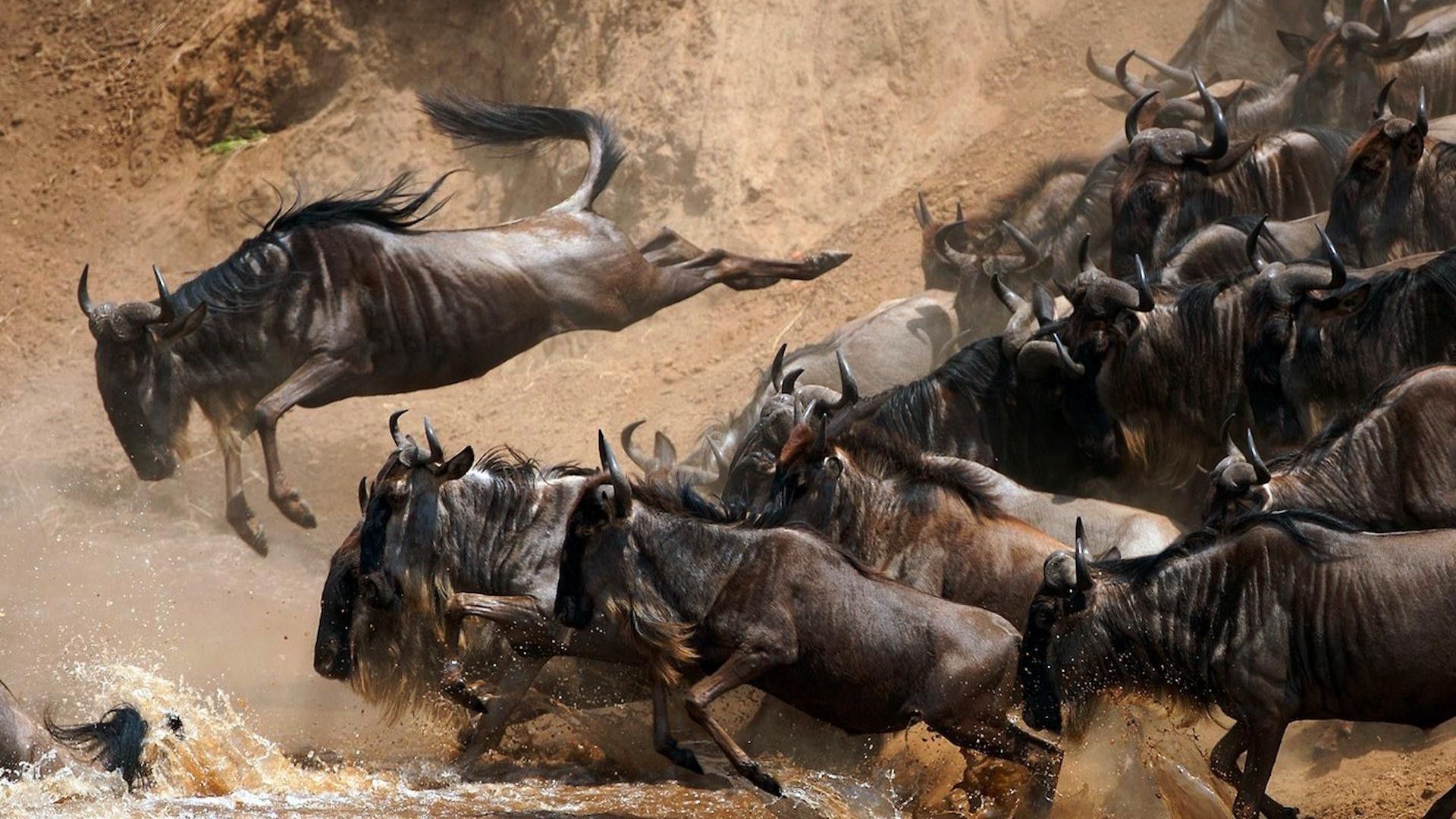
Introduction
Overview of Wildlife Adventures in Kenya
Kenya stands as a beacon for wildlife enthusiasts, offering an unparalleled tapestry of landscapes and ecosystems where various species thrive. Spanning savannahs, mountains, and coastal regions, the country showcases remarkable biodiversity that draws millions of visitors each year. From the iconic Maasai Mara to the tranquil shores of the Indian Ocean, wildlife adventures in Kenya encompass thrilling safaris, serene birdwatching, and exhilarating encounters with marine life.
Kenya is not only famed for its spectacular wildlife; it is also a place where the rhythms of nature set the pace of exploration. Visitors can experience the Great Migration, one of the natural world's most awe-inspiring spectacles, as millions of wildebeest traverse the plains in search of greener pastures. Whether it’s tracking elephants through Amboseli’s grasslands or spotting the colourful flamingos of Lake Nakuru, every moment spent in the Kenyan wilderness is bound to leave a lasting impression.
Planning your shortlist? For a curated, safari-first overview that pairs perfectly with this guide, see 12 Magical Kenya Bucket List Experiences for Wildlife Lovers, the strongest single resource to prioritise parks, seasons and signature encounters.
Why Kenya is a Prime Destination for Wildlife Enthusiasts
Several factors contribute to Kenya's status as a prime destination for wildlife lovers:
- Rich Biodiversity: Home to the "Big Five" (lion, leopard, elephant, buffalo, and rhinoceros) along with countless other species.
- Stunning Landscapes: Diverse habitats ranging from mountains to savannas foster rich wildlife diversity.
- Cultural Connection: Engaging local cultures, such as the Maasai, offer enriching experiences.
Kenya’s unique blend of wildlife and culture creates an unforgettable adventure that promises to captivate anyone with a passion for the natural world. Each journey unveils a new perspective, inviting exploration and fostering an appreciation for the environment.
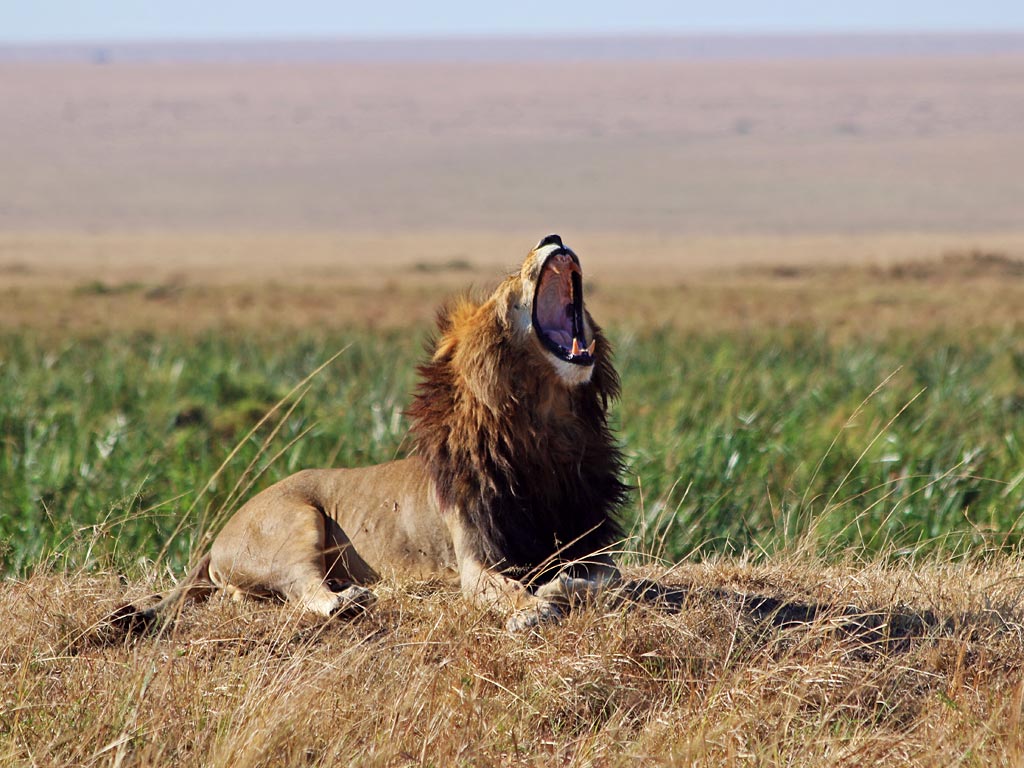
Diverse Wildlife of Kenya
Big Five Safari Experience
Embarking on a safari in Kenya often revolves around the thrill of encountering the revered "Big Five." This term, coined by hunters, refers to the lion, leopard, elephant, buffalo, and rhinoceros, species celebrated for their size and difficulty to hunt. In modern conservation, these animals are symbols of wildlife conservation and eco-tourism.
During a safari, visitors have the opportunity to observe these majestic creatures in their natural habitats. Popular parks like Maasai Mara and Amboseli provide perfect vantage points:
- Lions can often be spotted lounging under acacia trees or prowling through the grasslands.
- Leopards, known for their elusive nature, are usually found resting on trees or hiding in thick bushes.
- Elephants majestically roam in herds, especially in Amboseli, where they are often viewed against the backdrop of Mount Kilimanjaro.
For more first-hand inspiration and storytelling around Kenya’s “magical” moments, browse The Safari Woman’s take on Magical Kenya.
Unique Birdwatching Opportunities in Kenya
Kenya is a birdwatcher’s paradise, boasting over 1,000 bird species, making it one of the best destinations for avian enthusiasts. From the striking African fish eagle to the vibrant lilac-breasted roller, Kenya's diverse ecosystems attract various birdlife.
Notable birdwatching hotspots include:
- Lake Nakuru National Park: Renowned for its spectacular flocks of lesser flamingos.
- Aberdare National Park: Home to endemic species like the Aberdare cisticola.
- Masai Mara: Offers glimpses of ground hornbills and secretary birds.
For birdwatchers, Kenya's rich ornithological diversity provides a chance to witness both migratory and resident bird species.
Marine Wildlife Encounters in Coastal Kenya
The coastal region of Kenya is equally impressive, harbouring rich marine biodiversity just waiting to be explored. The coral reefs off the coast of Watamu and Diani Beach are teeming with colourful fish, sea turtles, and even dolphins.
Activities along the coast include:
- Snorkelling and Diving: Explore vibrant coral reefs filled with tropical fish and marine life.
- Dolphin Watching: Day tours often offer opportunities to see pods of playful dolphins.
- Whale Shark Tours: For the adventurous, swimming alongside these gentle giants is a highlight of many coastal excursions.
Witnessing marine wildlife in their natural habitat rounds out the diverse wildlife experience in Kenya, offering something for everyone. Whether on land or sea, the adventure is bound to leave a lasting impression.
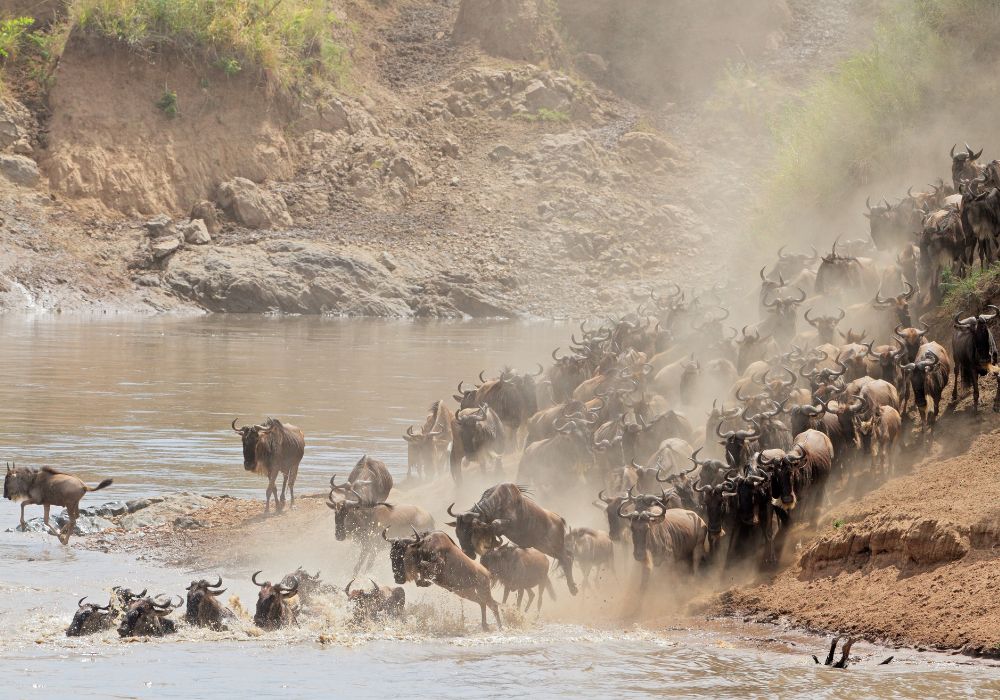
Top National Parks and Reserves
Exploring Maasai Mara National Reserve
The Maasai Mara National Reserve is undoubtedly one of the crown jewels of Kenya’s wildlife parks. Renowned for its extraordinary wildlife populations, the reserve offers an authentic safari experience. The stunning savannahs are home to abundant animals, including the famed Big Five.
- Great Migration: Visiting between July and October provides an opportunity to witness the spectacular Great Migration, where millions of wildebeest and zebras cross the plains in search of greener pastures.
- Cultural Encounters: Engaging with the Maasai people enriches the overall experience, offering glimpses into their unique traditions and customs.
Visitors can enjoy game drives, hot air balloon rides at dawn, and vibrant sunsets that paint the sky over the Mara.
Discovering Amboseli National Park
Famed for its breathtaking views of Mount Kilimanjaro, Amboseli National Park is a must-visit for wildlife enthusiasts. Its wetlands and open plains provide excellent viewing spots for large herds of elephants.
- Diverse Wildlife: In addition to elephants, Amboseli is home to lions, cheetahs, and various bird species like the African fish eagle.
- Cultural Interaction: Many visitors take the opportunity to interact with the local Maasai communities, learning about their lifestyles and conservation efforts.
Amboseli promises incredible wildlife photography opportunities against a stunning backdrop.
Visiting Tsavo East and Tsavo West National Parks
Tsavo East and Tsavo West National Parks offer contrasting yet complementary experiences for wildlife adventurers. Together, they comprise one of the largest national parks in the world.
- Tsavo East is characterised by its dry plains and vast bushland, perfect for spotting animals such as giraffes, elephants, and the rare red-dust lions.
- Tsavo West boasts lush hills, volcanic landscapes, and an array of waterholes, attracting a myriad of wildlife.
Both parks are home to unique attractions, including the Mzima Springs in Tsavo West, where visitors can view underwater wildlife through clear viewing tanks.
Exploring these national parks not only enhances wildlife encounters but also fosters a deeper understanding of Kenya’s rich ecological tapestry. Each park adds a layer of adventure, making every visit distinct and memorable.
Conservation Efforts in Kenya
Role of Community-Based Conservancies
Community-based conservancies play a pivotal role in preserving Kenya's wildlife and natural habitats. These initiatives involve local communities actively participating in conservation efforts, ensuring that both people and wildlife can thrive together.
- Empowerment and Engagement: By incorporating local communities into conservation efforts, individuals develop a vested interest in protecting their natural resources. This process fosters environmental stewardship among community members.
- Economic Benefits: Many conservancies generate income through eco-tourism, offering jobs and improving livelihoods. This creates a strong incentive for residents to conserve wildlife rather than engage in activities that may harm it.
For example, the Ol Pejeta Conservancy not only protects endangered species like the black rhino but also generates revenue that supports local schools and health services, ultimately fostering a sustainable relationship between wildlife and communities.
Wildlife Protection Initiatives in Kenya
Kenya has made significant strides in wildlife protection through various initiatives aimed at combating poaching and habitat destruction.
- Anti-Poaching Units: The establishment of dedicated ranger teams and anti-poaching units helps combat the illegal wildlife trade, particularly targeting elephants and rhinos. Training and equipping these units is crucial to their success.
- Legislation and Policies: The Kenyan government has enacted strict laws to protect endangered species, including substantial penalties for poachers.
Additionally, collaborations with international organisations strengthen conservation efforts, providing financial resources and expertise.
Such initiatives reflect Kenya's commitment to safeguarding its rich biodiversity, ensuring that future generations can enjoy the wonders of its wildlife. By supporting these efforts, visitors contribute to the ongoing protection of the country's irreplaceable natural heritage.
Safari Tips and Preparation
Choosing the Right Safari Experience
Selecting the right safari experience is crucial to ensure a fulfilling and memorable adventure. Various options cater to different preferences, from luxury lodges to budget-friendly camping safaris. Here are some key considerations when making your choice:
- Type of Safari: Decide between a guided safari, where experts navigate and educate, or a self-drive experience for the more adventurous, who want to explore at their own pace.
- Duration: Safaris can range from day trips to multi-day experiences. Consider how much time you want to spend in the parks and the types of wildlife you hope to see.
- Focus: Some safaris are tailored for specific activities, such as birdwatching or photography. Researching and booking themed safaris can enhance your adventure.
For sample itineraries that bundle wildlife hotspots efficiently, review this Kenya circuit from Demi Tours to compare route pacing and lodge styles.
Packing Essentials for a Wildlife Adventure in Kenya
Proper packing sets the tone for a successful safari. While it can be tempting to overpack, here are some essentials to ensure comfort and convenience during your wildlife adventure:
- Clothing: Lightweight, breathable clothing in neutral colours helps blend into the environment. A wide-brimmed hat and sunglasses are beneficial for sun protection.
- Footwear: Comfortable walking shoes or sandals are essential for treks and game drives.
- Camera Gear: Capture the magic of Kenya by bringing a good-quality camera or smartphone, along with binoculars for up-close wildlife viewing.
Additionally, packing a small daypack with water, snacks, and a first-aid kit can enhance daily excursions. Having the right gear not only ensures comfort but also maximises the enjoyment of each moment spent in Kenya's breathtaking landscapes.
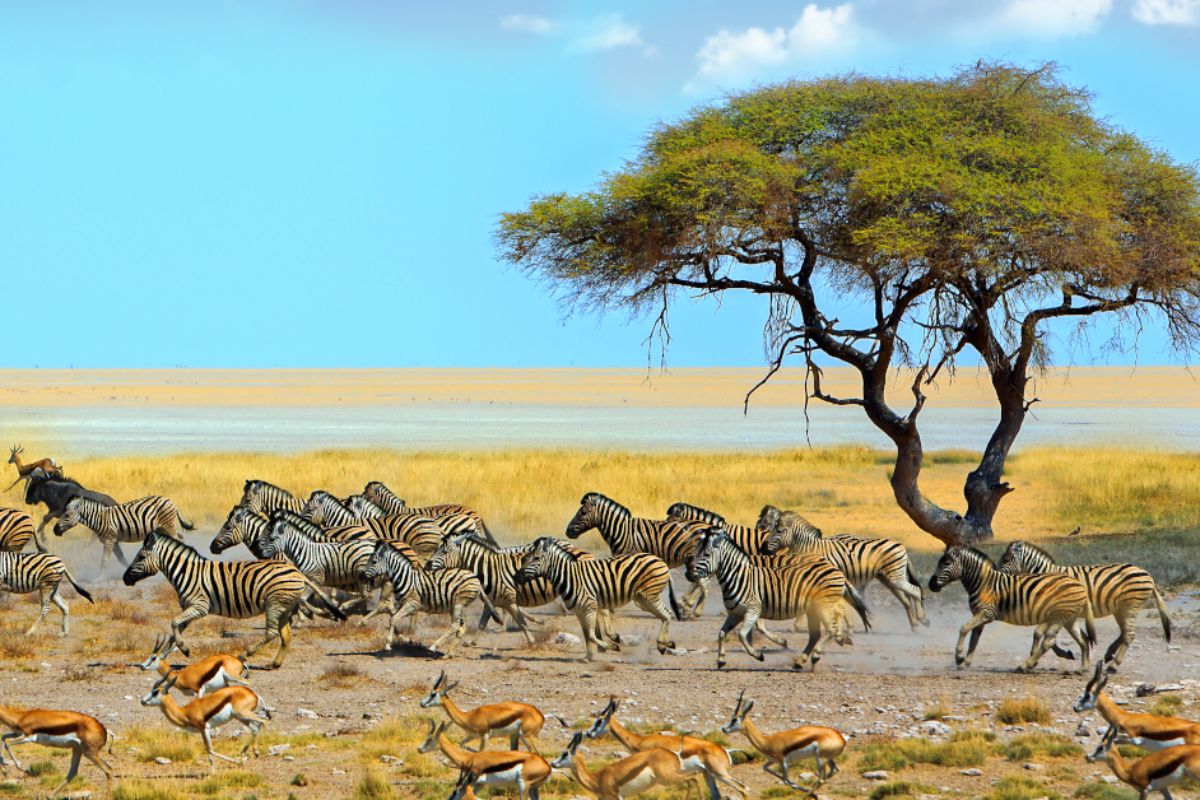
Cultural Experiences Alongside Wildlife
Maasai Cultural Encounters
One of the most enriching aspects of a safari in Kenya is the opportunity to engage with the local Maasai communities. Renowned for their vibrant culture and traditions, the Maasai offer visitors a unique glimpse into their way of life, which has remained largely unchanged for centuries.
- Traditional Villages: Visiting a Maasai village provides a firsthand experience of their daily activities, such as herding livestock and farming. Visitors can witness traditional dance performances and learn about the significance of colourful beadwork and ceremonial attire.
- Guided Tours: Many tour operators offer guided visits where knowledgeable Maasai guides share insights into their customs, beliefs, and the challenges they face in modern society.
These encounters not only foster cultural appreciation but also support local economies, as the income from tourism contributes to the community's well-being.
Swahili Coastal Traditions
In contrast, the coastal region of Kenya introduces a rich tapestry of Swahili culture, influenced by centuries of trade across the Indian Ocean. The coastal towns of Mombasa, Lamu, and Malindi are steeped in history, blending African, Arab, and Indian traditions.
- Culinary Experiences: Sampling traditional Swahili cuisine, such as biryani or pilau, can be a delightful aspect of any visit. Street food markets offer authentic flavours, drawing food lovers into a culinary journey.
- Heritage Tours: Exploring ancient ruins and historical sites, such as Fort Jesus, provides insight into the region's trading legacy and architectural influences.
For a reflective field diary with wildlife encounters and cultural moments, see this personal account from TravelManagers.
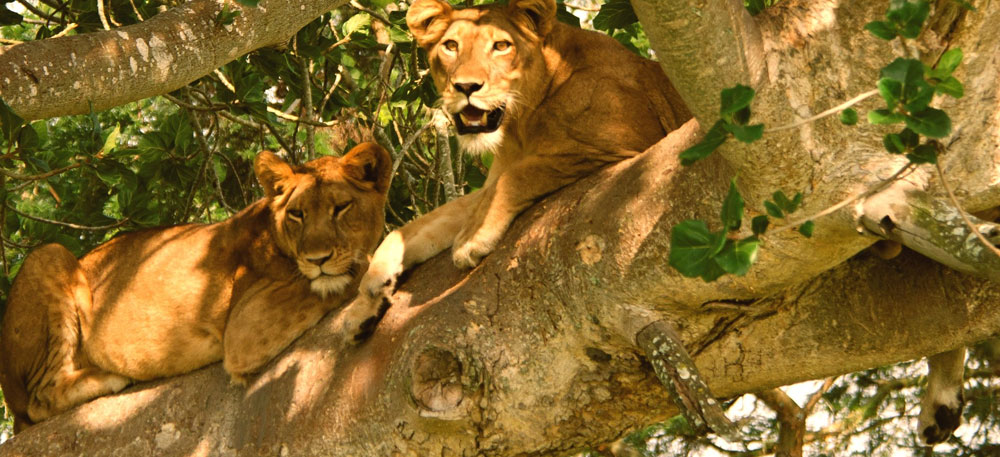
Responsible Tourism Practices
Supporting Sustainable Tourism in Kenya
Responsible tourism is crucial for preserving Kenya’s rich wildlife and natural landscapes for future generations. Tourists can make a tangible impact through sustainable practices, ensuring their visits contribute positively to local communities and ecosystems.
- Choosing Eco-Friendly Accommodations: Opting for eco-lodges or hotels that prioritise sustainability can enhance the trip experience. Many establishments use solar energy, implement water conservation measures, and support local businesses.
- Participating in Conservation Programs: Many tour operators offer opportunities for tourists to engage in conservation initiatives, such as tree planting or wildlife monitoring. Participating in these activities fosters a connection to the land and supports long-term preservation efforts.
By supporting sustainable tourism, visitors help maintain the delicate balance of Kenya’s ecosystems while benefiting local communities.
Respecting Wildlife and Nature During Your Visit
Respecting wildlife and their habitats is paramount during any adventure in Kenya. Tourists can contribute to conservation efforts by adhering to important guidelines:
- Keeping a Safe Distance: Staying a respectful distance from wild animals not only ensures safety but also reduces stress on wildlife. Following the instructions of guides and park rangers is essential in maintaining this boundary.
- Minimising Waste: Practising Leave No Trace principles, such as packing out what you bring in and avoiding single-use plastics, helps protect pristine environments.
Through these thoughtful actions, visitors can ensure that their adventures not only provide unforgettable experiences but also support the conservation of Kenya’s unparalleled natural beauty. Embracing responsible tourism practices serves to protect the landscapes and wildlife that make Kenya a must-visit destination.

Unforgettable Wildlife Encounters
Witnessing the Great Wildebeest Migration
One of the most astonishing spectacles in nature is the Great Wildebeest Migration, a phenomenon that captivates wildlife enthusiasts from around the globe. Each year, around 1.5 million wildebeest, accompanied by zebras and gazelles, embark on a perilous journey in search of greener pastures.
- Timing Your Visit: The best time to witness this dramatic migration is from July to October, when herds cross the Mara River. The river crossings create thrilling moments as animals brave the waters, often facing crocodiles lurking below.
- Viewing Opportunities: Game drives during this period provide unparalleled opportunities for photographers and wildlife lovers alike. Guided tours often offer vantage points that ensure unforgettable viewing experiences.
Tracking Endangered Species in Kenya
Kenya is also home to a variety of endangered species, and tracking these animals in their natural habitat can be a profoundly moving experience. Conservation efforts concentrate on species such as the black rhino, African painted dog, and the Arabian oryx.
- Specialised Tours: Many operators offer tracking experiences led by conservationists who provide valuable insights into the challenges these animals face and the efforts to protect them.
- Community Impact: Engaging with initiatives focused on endangered species not only enhances the wildlife encounter but also contributes to conservation awareness and community benefits.
Every encounter with these magnificent creatures serves as a reminder of the urgent need for conservation. These unforgettable experiences leave a profound mark, fostering a deeper understanding of the importance of protecting Kenya's diverse wildlife.

Capturing Wildlife Moments
Photography Tips for Wildlife Safaris
Capturing the majestic beauty of wildlife during a safari is an essential part of the adventure. With the right photography tips, visitors can immortalise their encounters and create lasting memories. Here are some practical tips to enhance wildlife photography on safari:
- Use a Telephoto Lens: A lens with a long focal length, typically 200mm or more, allows you to photograph animals from a safe distance without disturbing them. This is particularly helpful for shy species.
- Golden Hour Shooting: Aim to shoot during the early morning or late afternoon when the light is soft and golden, adding warmth and depth to your images.
- Anticipate Movement: Wildlife is unpredictable, so being ready for action is key. Keep your camera settings adjusted for faster shutter speeds to freeze moments, whether it be a lion's leap or a herd of wildebeest charging.
Taking the time to focus on these aspects will yield dazzling photographs that capture the spirit of your expedition.
Preserving Memories of Your Wildlife Adventures
Beyond photography, preserving memories of your wildlife adventure can take a variety of forms.
- Journaling: Documenting daily experiences and observations in a travel journal not only enriches the memory but also offers insights to reflect on later.
- Creating a Photo Book: After the trip, compiling your best shots into a photo book serves as both a personal keepsake and a wonderful way to share your adventures with others.
Sharing these memories, whether through social media or in family gatherings, keeps the spirit of your safari alive, inspiring future adventures and enhancing appreciation for these incredible wildlife encounters.

Conclusion
Reflecting on the Magic of Wildlife Adventures in Kenya
Wildlife adventures in Kenya are nothing short of magical. From the breathtaking vistas of the Maasai Mara to the diverse ecosystems of the coastal regions, each experience offers a unique perspective on the interconnectedness of nature.
Visitors are consistently left in awe by the sheer vibrancy of wildlife, whether it’s the excitement of witnessing the Great Migration or the tranquillity found while observing elephants at Amboseli. This magic lies not just in the wildlife itself but in the stories and experiences shared with fellow adventurers, guides, and local communities.
- Memorable Encounters: The interactions with both the stunning wildlife and the vibrant cultures establish a deep-seated appreciation for Kenya's rich biodiversity.
Encouraging Future Explorations
Encouraging future explorations means more than just visiting; it involves sharing the message of conservation and responsible tourism practices. Each trip has the potential to contribute positively to local communities and ecosystems.
- Support Sustainable Efforts: Whether it's through eco-tourism or engaging in wildlife conservation initiatives, every action aids in protecting these beautiful landscapes for generations to come.
- Broaden Awareness: Sharing experiences, photos, and insights inspires others to embark on their own journeys, fostering a collective appreciation for the natural world.
As your adventure through Kenya draws to a close, it becomes clear that the country offers more than just wildlife sighting, it delivers perspective. Every dawn game drive, every distant roar, and every fleeting silhouette against the sunset leaves you with a deeper respect for the balance between people and nature. Whether it’s your first safari or a return to familiar plains, Kenya has a way of stirring something timeless within every traveller.
So, pack your curiosity and set your sights on the wild horizons of East Africa. The memories you’ll make among its untamed landscapes and kind-hearted communities will linger long after your footprints fade from the red soil.
